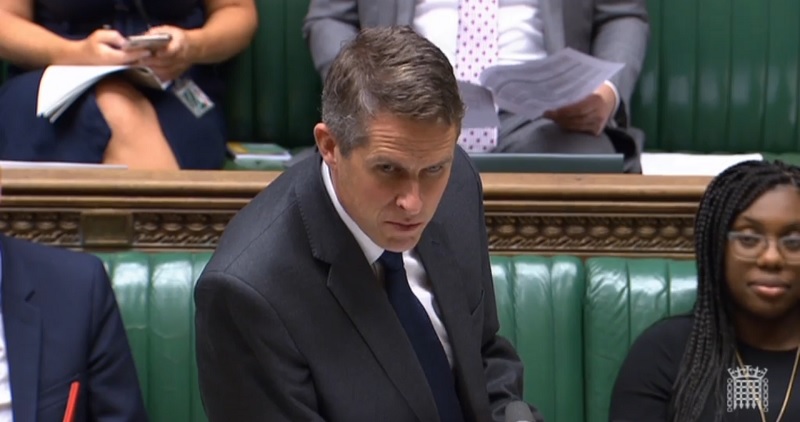Higher education in India has an opportunity to rise to the occasion as India finally considers opening its doors to top universities in America to commence their much-awaited India operations, alongside the prestigious IITs, IIMs and AIIMs.
Higher education in India is one of the largest education systems in the world; after China and the United States. However, centuries-old pedagogical methods, unprincipled leadership mindset and student non-centric initiatives have plagued the system for too long.
With an exaggerated focus on STEM education, highly competitive entrance exams and lack of infrastructure for practical application of skills attained through conceptual learning, it is no surprise that the country also takes the lead when it comes to student enrollment in foreign universities.
However, all that will likely change and compel the education department to revisit their traditional silo-based learning and exam-centric evaluation methods if India were to actually allow some of the world’s most renowned universities to operate in the homeland. It will be no walk in the park as discouraging students from pursuing higher education abroad would require it to step up its own game.
Moving forward with higher education in India
For a start, it could work on its plan to allow top US universities to open their branches in India to fruition. This way, Indian students will be able to gain international exposure and get a taste of world-class higher education in India.
Consider a likely situation where the best in class unis like Harvard, Stanford and Yale set up their exclusive bases, albeit branches, in India’s educational hotspots. Although the branch campuses usually tend to be smaller in size and less diverse as compared to the main university campus, the unis would still be required to maintain a standard, in terms of teaching quality and infrastructural facilities, that is equivalent to their overseas extensions.
There is no denying that India is still a road less travelled when it comes to setting up of foreign establishments given the regulatory uncertainties and lack of governmental support. But if we are to learn anything from the inspiring stories of those who chased their big American dream, not to mention the remarkable accomplishments of Indian tech leaders, writers and Nobel prize winners who earned much acclaim in the US, it is that there will be no dearth of demand for these unis in India.
Will India see an influx of top US universities?
It may not be possible for topmost varsities to confide in India’s legislative framework just as yet, given that they too will be required to fulfil regulatory, governance, and content criteria currently applicable to Indian unis. Moreover, the COVID outbreak has disrupted the very framework of education around the world. The US universities would be apprehensive about their setting up overseas campuses at a time when most of India is working and studying from home.
So for the next few years, the system of higher education in India will likely see a wave of affiliations between foreign and local unis, along with online educational platforms, who will get a never-seen-before opportunity to rise to the occasion. It will also give rise to some kind of a competitive spirit, that would eventually result in obsoletion of outdated strategies.
Although the system of higher education in India is considered one of the largest in the world, which boasts over 33,000 colleges and more than 700 universities, it is still not enough to comfortably accommodate enrollments of over 30 million students annually. There are still large swaths of untapped talent in the society which are left behind due to apparent income disparities. And this is where online education will become a part of the bigger picture.
India must ride the wave of digital disruption
Higher education in India is proliferating despite the challenges, but there is no reason why these challenges cannot be overcome. India, which is one of the biggest consumer markets for smartphones, can choose to impart knowledge using advanced digital learning and teaching tools.
As stated in one of the English Forward News articles by Mitch Rankin, the discontinuation of schools and colleges in view of a raging pandemic is also opening up a plethora of opportunities through which students can continue pursuing their goals, despite any geographical or monetary constraints.
The internet technology has already contributed significantly to furthering the reach of higher education in India, and it could do a lot more with the boost of blockchain technology. Blockchain-based learning can serve as a powerful tool for eliminating the tremendous digital divide and tap a great deal of talent of the highest level, which would otherwise be lost to an inegalitarian system of education.
Finding long-lasting solutions with blockchain
No doubt, the NEP’s latest move to open up India’s doors to globally acclaimed varsities could very well help India position itself as an emerging world leader in education, much like how America did when it overshadowed its European counterparts in the late 1900s by gaining considerable international prominence.
But there is a greater need for a paradigm shift of higher education that will make it more relevant and sustainable to the changing landscape. Such a change can only be brought upon by blockchain.







